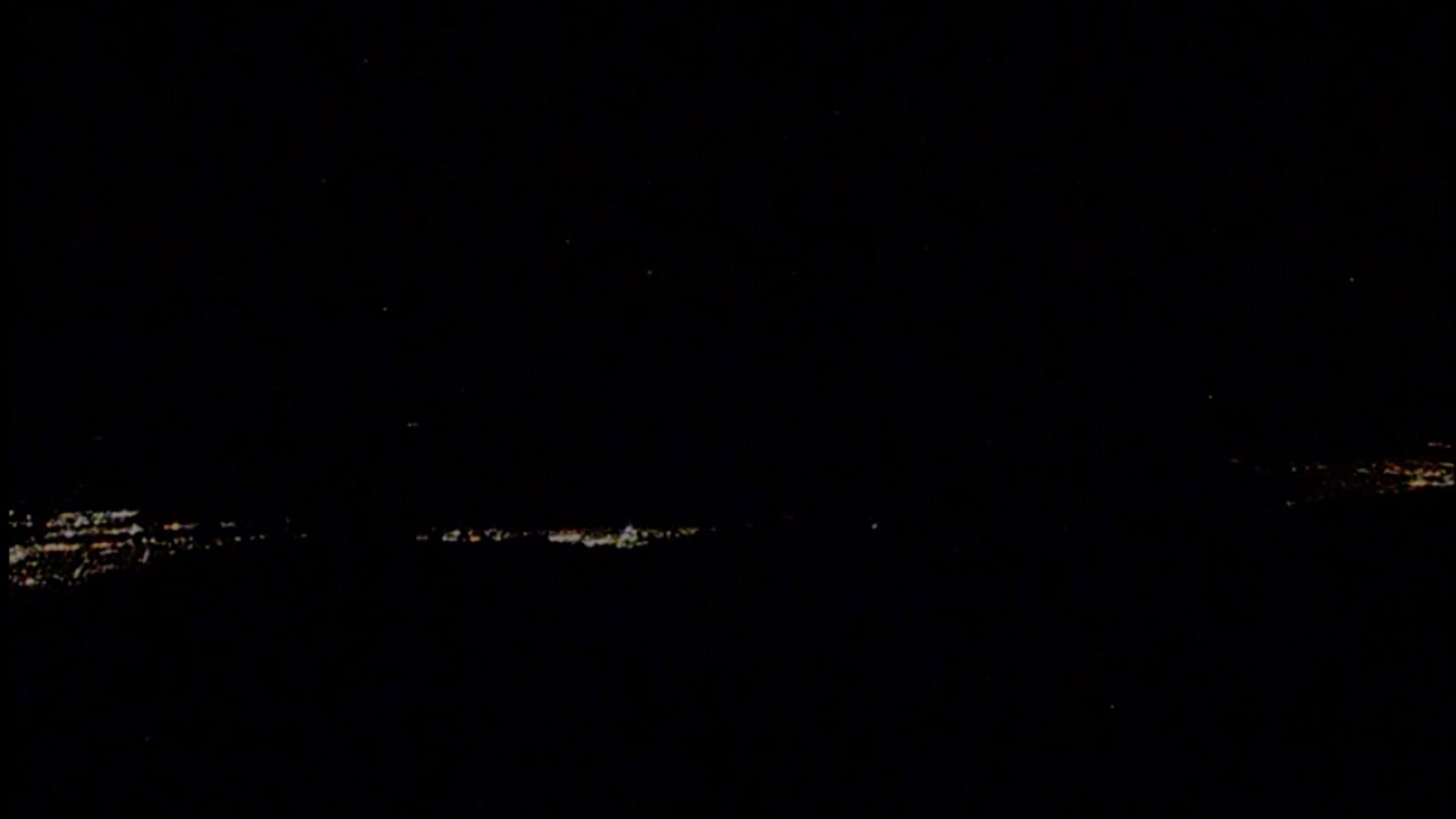
Out the window
Tactical airlift and special operations missions are always no-fail. Whether it’s a nighttime operation or low visibility in adverse weather conditions, Collins Aerospace Head-up Guidance System (HGS™) with Enhanced Vision Systems (EVS) gives you the power and assurance of unprecedented situational and terrain awareness.
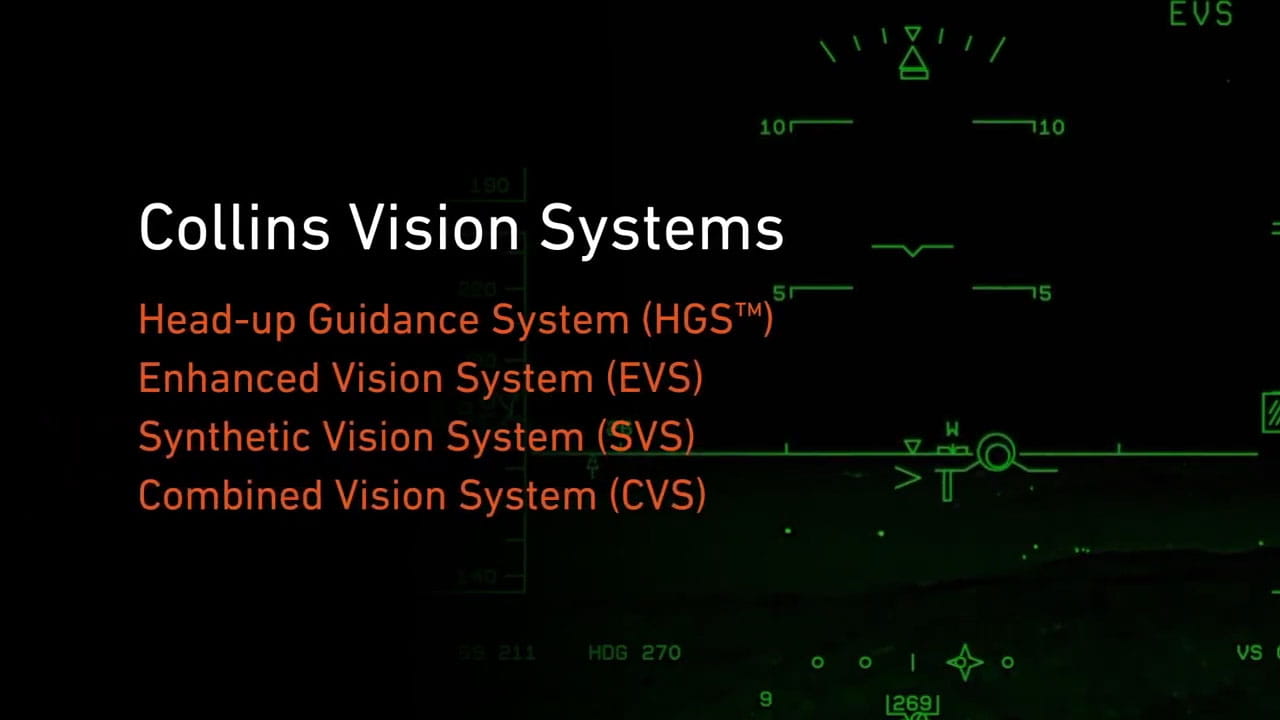
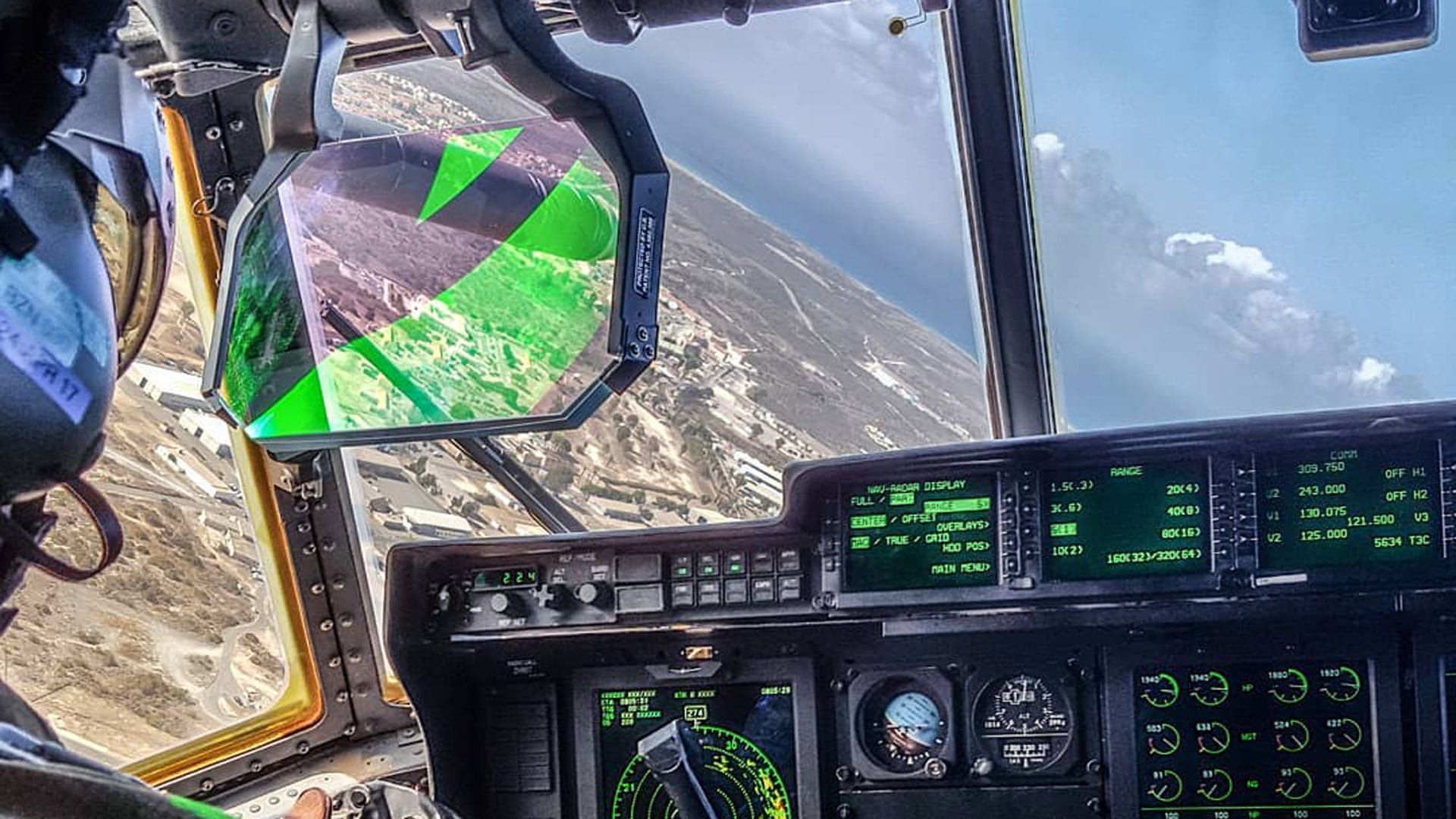

Vertically guided approach required (ILS, GLS, LPV, RNP)
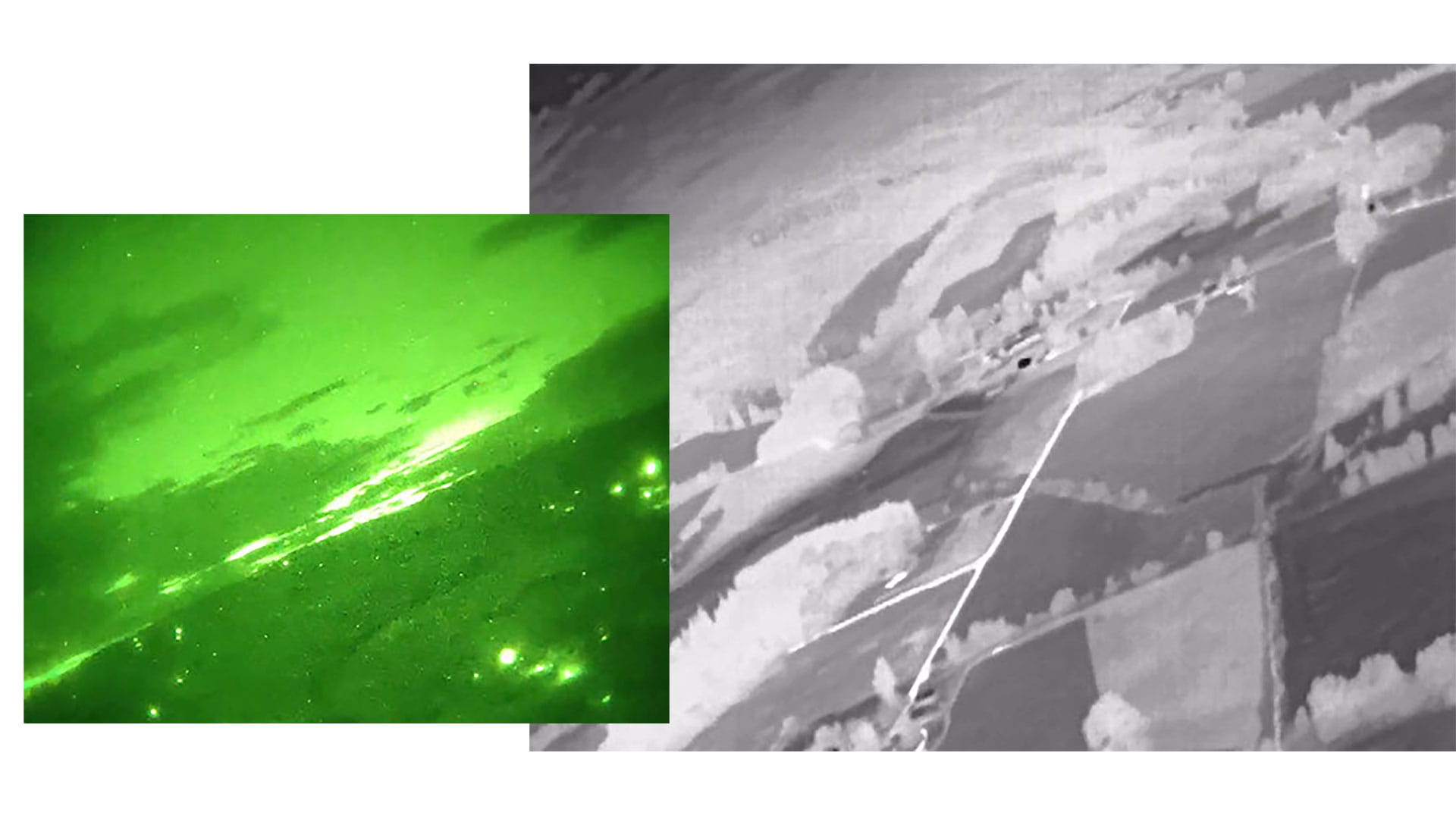
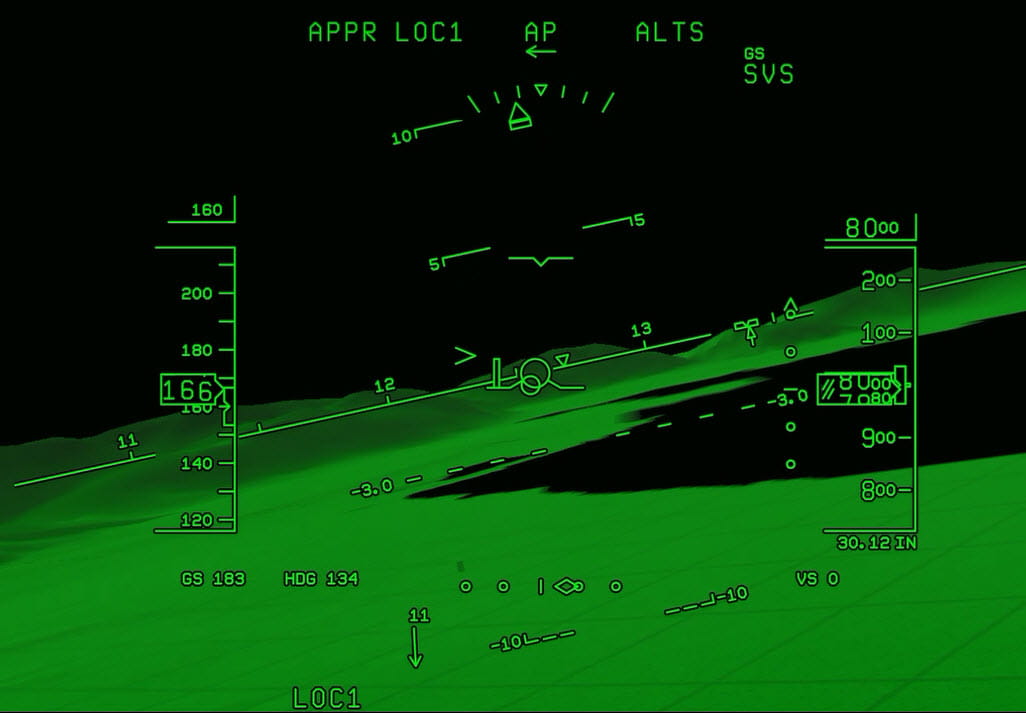
Our HGS-6000 series provides a tactical advantage for covert and mission critical operations while improving safety. Pilots are able to keep their eyes focused out in front of the aircraft as they view the flight path, acceleration, attitude, airspeed, altitude, visual glideslope and other symbology on the LED display. Head-up Displays (HUD) are available as a dual installation for full capabilities to both pilot and co-pilot. For C-130 operators, our HGS-6500 provides a seamless replacement for analog HUDs without the need for special modifications. Its real-time, eyes-forward capabilities increase pilot awareness, enabling precise tactical approaches and low visibility operations.
Collins HUDs are currently certified domestically and internationally for lower operating minima, including Low Visibility Takeoff (LVTO) and Manual CATIII approaches.
| CAT | U.S. | Europe |
|---|---|---|
| I | 1800 ft | 550 m |
| SA I | 1400 ft DH 150 ft | 450 m |
| II | 1000 ft | 300 m |
| III | 600/400 ft | 200 m |
| Takeoff | 300 ft | 75m |
Collins Aerospace is now actively certifying aircraft types to descend below DA/DH approach minima when EVS is displayed on a forward mounted HGS.
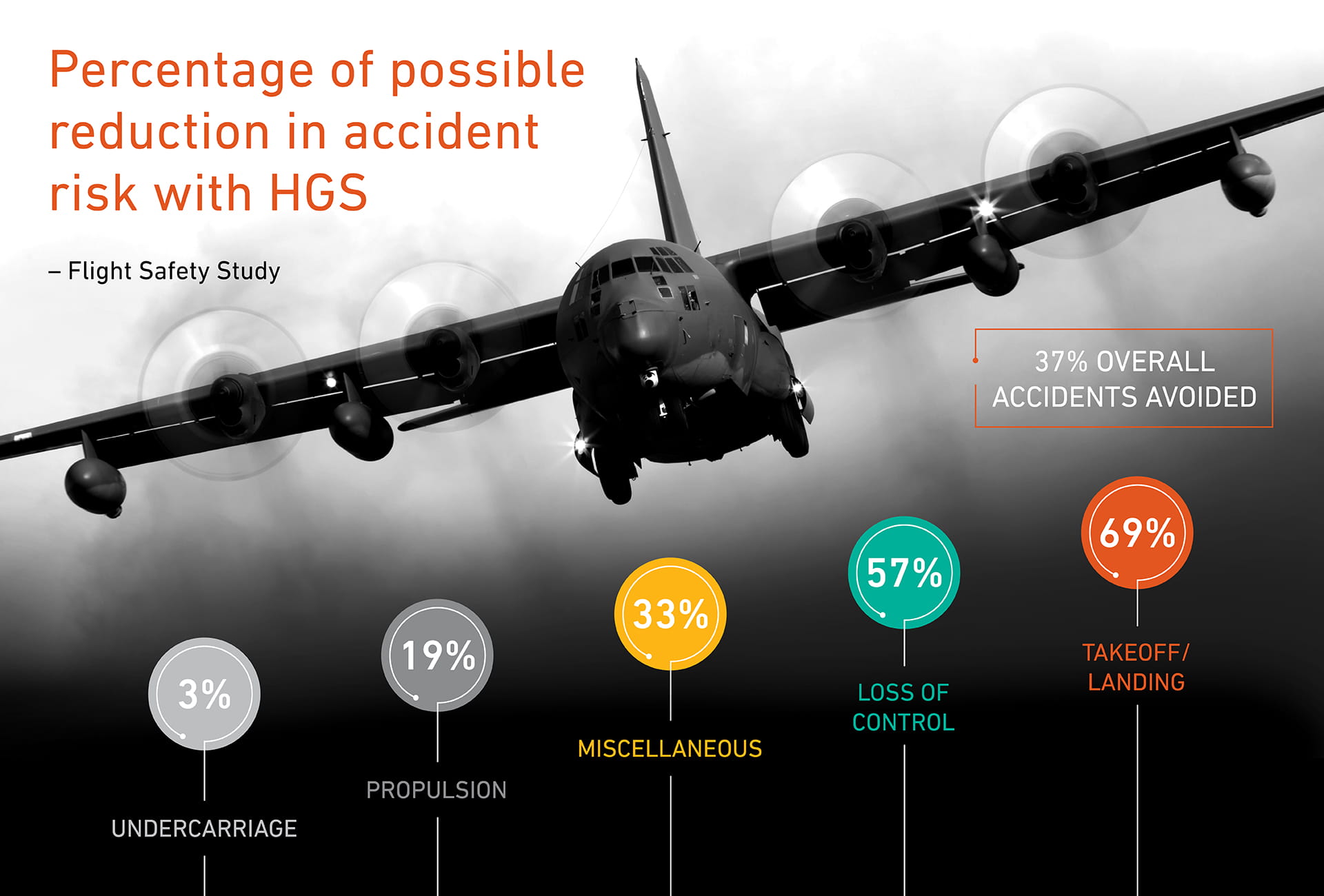
The Collins EVS-3600 is the latest in Enhanced Vision Systems (EVS). It blends short-wave infrared, long-wave infrared and visible high-resolution cameras into a tri-band system. This combination enables passive terrain detection and removes the hindrance of low ambient light levels in terrain or threat identification. Landing zone and drop zone acquisition are enhanced with covert lighting, enabling pilots to see through fog, snow, smoke and other degraded visual environments. When paired with the HGS, the EVS-3600 expands the operational window of the aircraft and improves operations at landing zones, drop zones and blacked-out airfields.
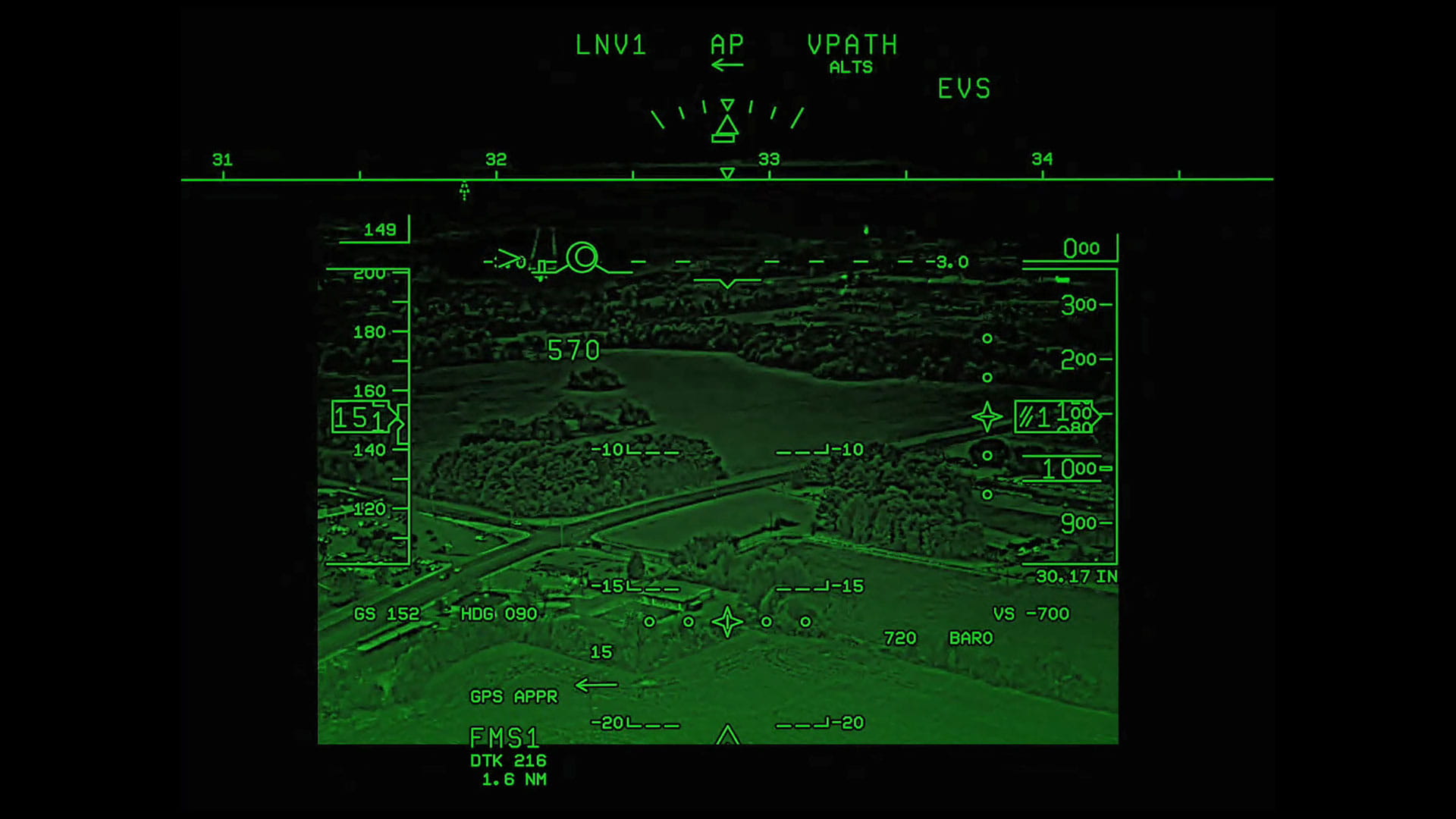
| FAA | FAA CFR | CS AWO | Expanded minima |
|---|---|---|---|
| EFVS approach system | 91.176B | EFVS-approach | Utilizes EFVS to 100 ft |
| EFVS landing system | 91.176A | EFVS-landing | Utilizes EFVS to landing |
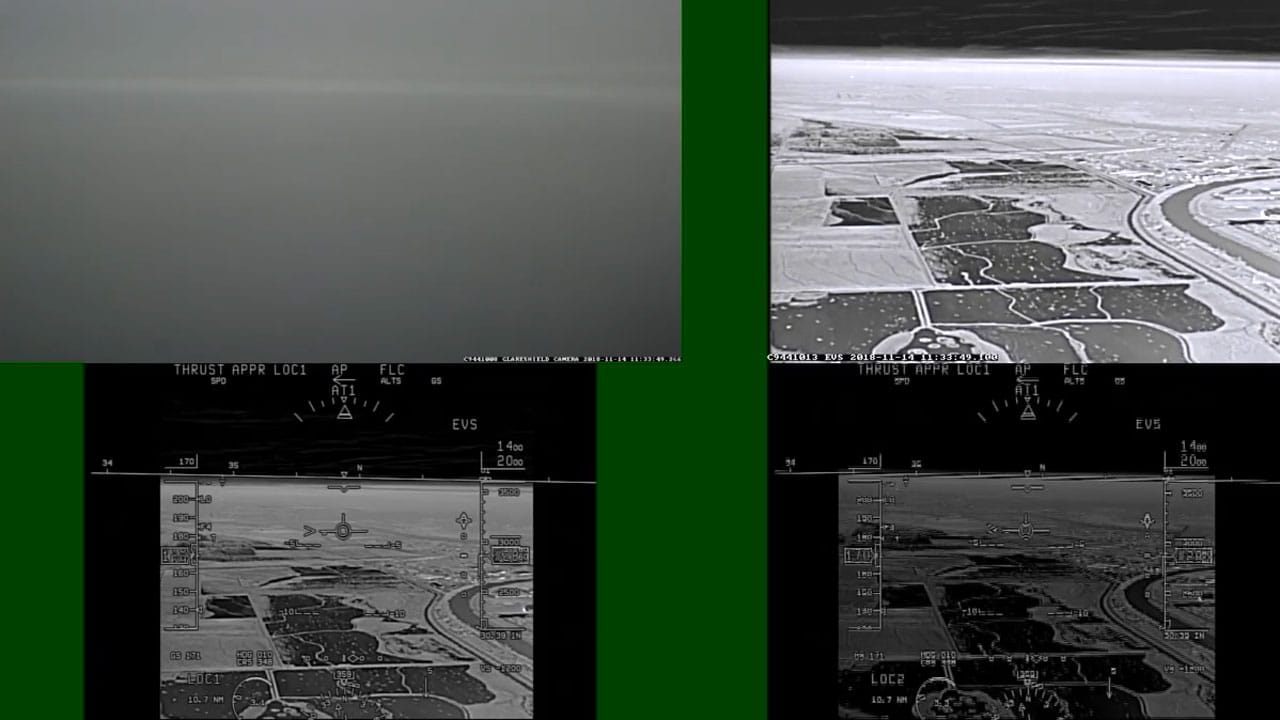

Out the window
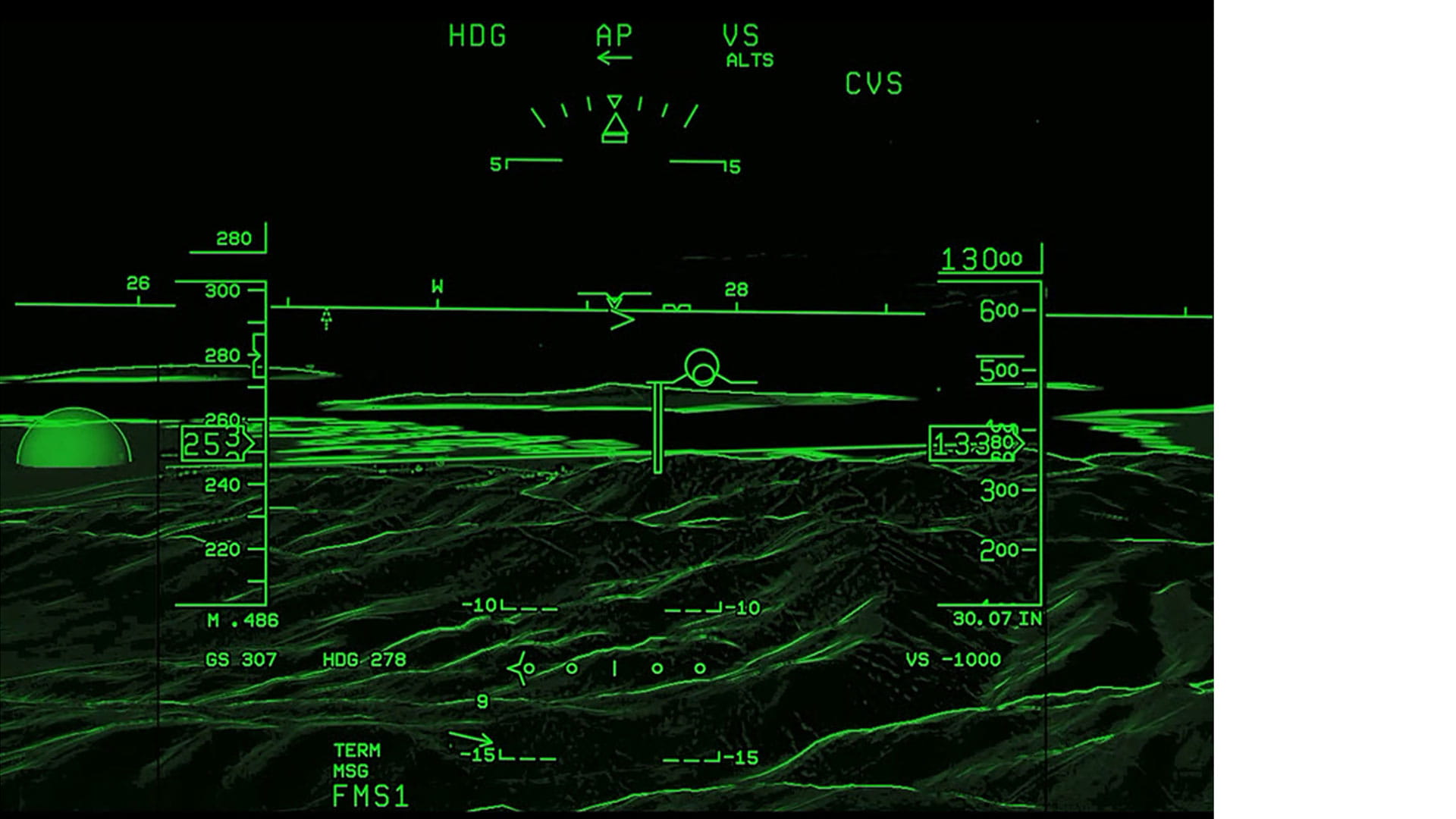
Collins CVS on HUD
Our Combined Vision System (CVS) provides pilots with the best possible view from their onboard vision systems: EVS and Synthetic Vision System (SVS). The EVS and SVS image streams are combined using flexible, adaptive algorithms, providing Combined Vision on the HUD.
Within the overlapping fields of vision of the EVS and SVS, Collins advanced CVS algorithms detect, extract, and optimally present content from both sources. When conditions are at their worst, Collins CVS presents pilots with the best combined view possible: whether it is thermal imagery of terrain during night operations; high-resolution synthetic vision virtual terrain, unaffected by any weather; or fastest detection of runway and approach lighting systems for continued landings. Collins CVS provides complete, and truly combined, situational awareness—unleashing the full potential in every pilot.
When conditions are at their worst, Collins CVS presents pilots the best combined view possible
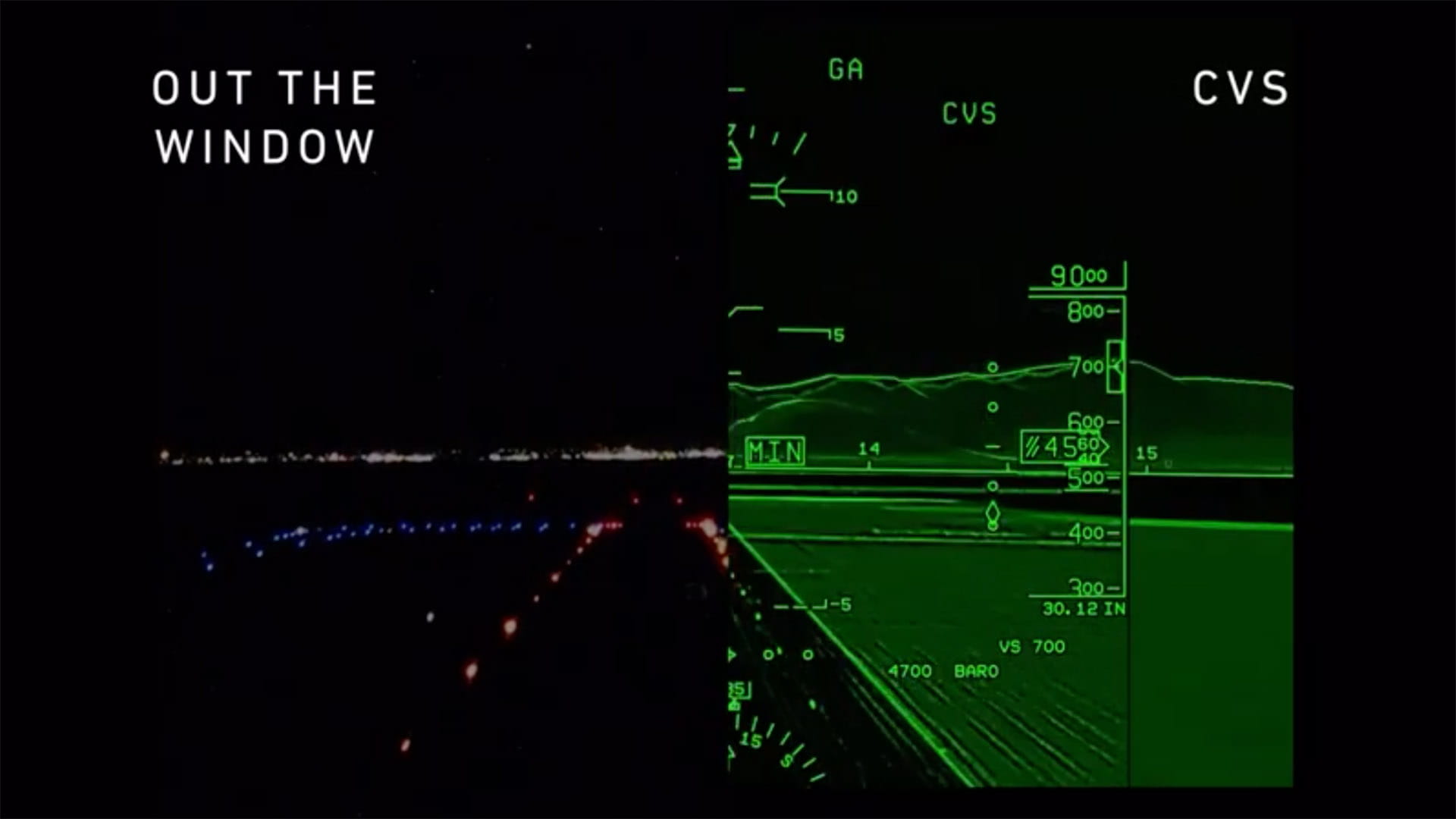
I would like more information about this capability.